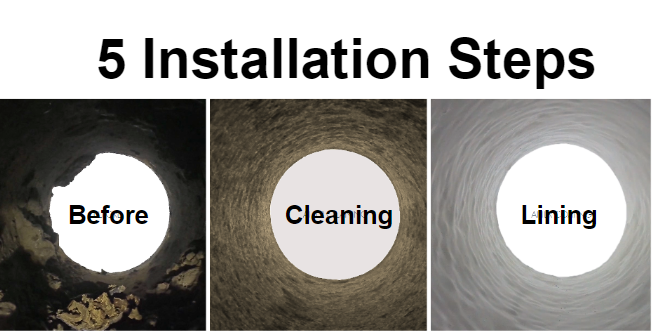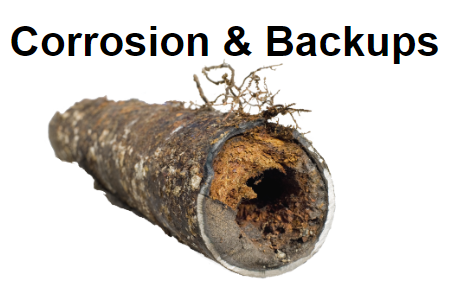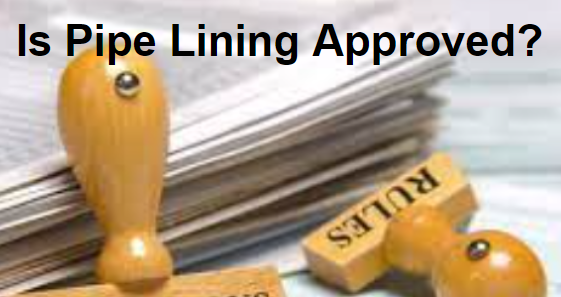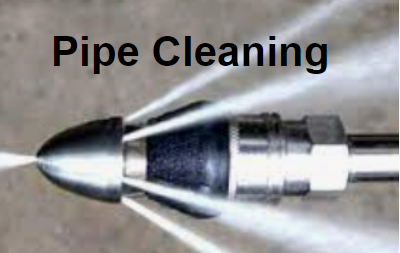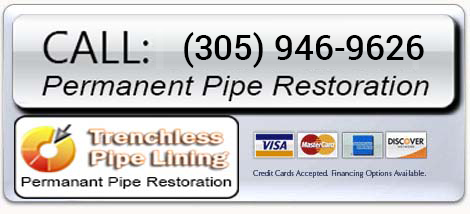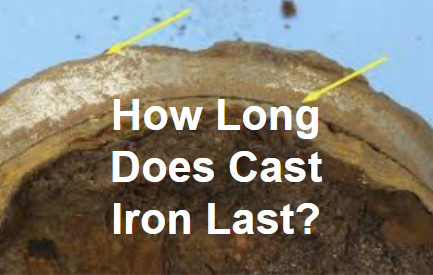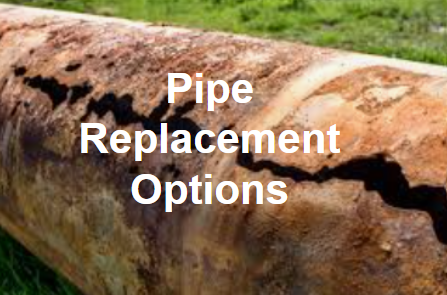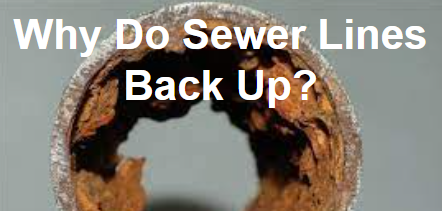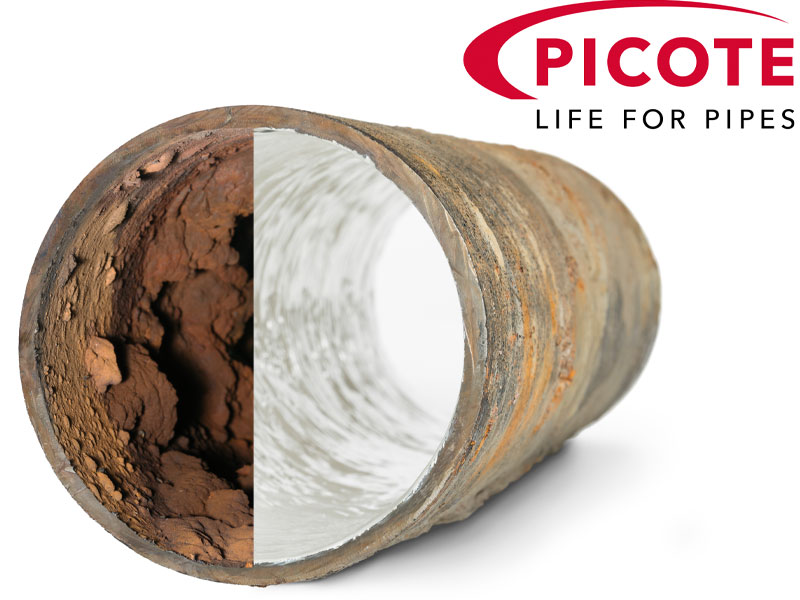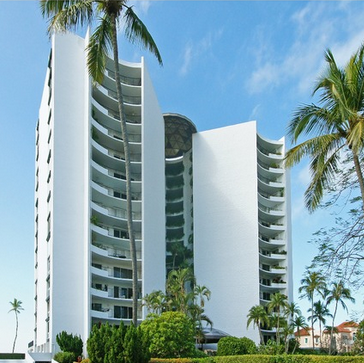PERMA-MAINLINING SPECIFICATIONS
1.00 Scope
This section of the specifications covers the reconstruction of existing sewer lines by insertion of the PERMA-
MAINLINING LINER product into the host pipe by the cured-in-place-pipe (CIPP) method.
2.00 General
2.01 Description of Work:
It is the intent of this specification to provide for the reconstruction of existing, sewer lines by forming a new
pipe within an existing structurally deteriorated pipe which has generally maintained its original shape. The
cured-in-place-pipe (CIPP) shall provide flow capacity equal to or greater than 100% of the original pipe’s flow
capacity when new. The process is defined as the reconstruction of sewer lines by installation of a thermosetting
resin impregnated flexible felt fiber tube having an impermeable inner surface. The resin impregnated tube is
formed to the host pipe utilizing air pressure. Curing is accomplished by introducing low pressure Dry Steam
throughout the length of the tube to cure the thermosetting resin into a hard impermeable pipe in accordance
with the specified curing schedule supplied by Perma-Liner Industries, LLC. The CIPP shall extend the full
length of the original pipe and shall provide a structurally sound, impermeable, jointless and close-fitting to the
host pipe.
2.02 Reference of Specifications:
This specification references American Society for Testing and Materials (ASTM) standard specifications,
which are made a part hereof by such reference and shall be the latest edition and revision thereof.
F-1216 – Standard Practice for Rehabilitation of Existing Pipelines and Conduits by the Inversion and
Curing of a Resin Impregnated Tube.
D-638 – Test Method for Tensile Properties of Plastics.
D-790 – Test Method for Tensile Properties of Unreinforced and Reinforced Plastics and Electrical
Insulating Materials.
3.00 Pipe Materials – Cured-In-Place
3.01 Flexible Felt Tube:
The tube shall consist of one or more layers of flexible needled felt material capable of carrying resin and
withstanding installation pressures and curing temperatures. The felt tubular material shall be lined on one side
with a translucent waterproof coating such as polypropylene polyurethane, polyethylene, or polyvinylchoride
(PVC), and be fully impregnated with a liquid thermosetting polyester or vinylester resin and catalyst system
compatible with the inversion process. The resin must be able to cure in the presence of pressurized air/dry
steam and the initialization temperature for cure shall be less than 180° F (82.2° C). The tubing shall be
properly sized to the diameter of the wastewater pipe and the length of the wastewater main to be rehabilitated
and be able to stretch to fit irregular pipe sections.
3.02 Resin/Catalyst:
The liquid thermosetting resin used to impregnate the tube shall produce a properly cured tube which will be
resistant to abrasion due to solids, grit and sand. The cured tube shall also be resistant to corrosion due to acids
and gases such as sulfuric acid, carbonic acid, hydrogen sulfide, methane and carbon monoxide. The resin
selected shall have proven resistance to normal municipal sewage.
Polyester Resin:
A resin created by reaction products between isophthalic/terathalic, maleic anhydride and a glycol characterized
by reactive unsaturation located along the molecular chain. The resin is compounded with a reactive styrene
monomer and reacted together with initiators/promoters to produce cross linked copolymer matrices.
Vinylester Resin:
A resin created by reaction products of epoxy resins with methacrylic acid and characterized by reactive
unsaturation located in terminal position of the molecular chain. The resin is compounded with a reactive
styrene monomer and reacted together with initiators/promoters to produce cross linked copolymer matrices.
The chemical corrosion resistance of the actual resin system (neat plus modifications) selected shall be tested by
the resin manufacturer in accordance with ASTM 1216-93. Sewage, chemical resistance tests shall be
conducted with actual samples of the fluid flowing in the pipe.
4.00 Structural Requirements
4.01 Design Criteria:
The CIPP thickness shall be calculated and designed based upon the following physical condition of the existing
pipe to be rehabilitated.
1) All pipes shall be Design in accordance with ASTM 1216-93 specifications
2) All pipes shall be subjected to soil load of 120 lbs./c. ft. with applicable
3) All pipes shall have a minimum of 2% ovality in the circumference
Condition 1 and/or 3 may change after the TV report, for later case by case design calculations.
4.02 Testing Requirements:
Chemical Resistance:
The CIPP pipe shall meet the chemical resistance requirements of ASTM F1216, Appendix X2. CIPP
pipe samples for testing shall be tube and resin system similar to that proposed for actual construction.
It is required that CIPP pipe samples without plastic coating meet these chemical testing requirements.
5.00 Installation Procedures
5.01 Safety:
The contractor shall carry out his operations in strict accordance with all OSHA and manufacturer’s safety
requirements. Particular attention is drawn to those safety requirements involving working with entering
confined spaces and operations with hot media.
5.02 Pre-Installation:
Inspection of Pipelines:
Inspection of pipeline shall be performed by experienced personnel trained in locating breaks,
obstacles, and service connections by closed-circuit television. The interior of the pipeline shall be
carefully inspected to determine the location of any conditions which may prevent proper installation
of the lining into the pipelines, and it shall be noted so that these conditions can be corrected. A video
tape and suitable log shall be kept for later reference by the owner.
A) Bypass
Bypass Pumping: The contractor shall provide for the flow of sewage around the section of sewer lines
designated for lining. The bypass shall be made by plugging the line at an existing upstream manhole
and pumping or directing the flow to a downstream manhole or adjacent sanitary sewer system. The
pump(s) and bypass lines shall be of adequate capacity and size to handle the flow. Raw sewage shall
be routed back to the sanitary sewerage system.
B) Cleaning
Pre-Insertion Cleaning: It shall be the responsibility of the contractor to remove all debris/which is
located within the sewer pipe and dispose of debris in accordance with all applicable laws and
regulations.
C) Pre-Inspection
Pre-Insertion Television Inspection: It shall be the responsibility of the contractor to video (TV)
inspect the sewer pipe immediately before the insertion of the resin impregnated tube to assure that the
pipe is clean and existing pipe conditions are acceptable for lining.
5.03 Resin Impregnation:
The contractor will designate a location where the felt tube will be impregnated. The quantity of resin used
for tube impregnation shall be sufficient to fill the volume of air voids in the tube with additional
allowances for polymerization shrinkage and the loss of resin through cracks and irregularities in the
original pipe wall. A vacuum impregnation process shall be used, and a roller system shall be used to
uniformly distribute the resin through out the tube.
5.04 Inversion Using Air Pressure:
The resin-impregnated felt tube shall be inserted through an existing manhole by means of an air inversion
ring, capable of applying the proper amount of pressure required to fully extend the tube to the next
designated manhole or termination point. The tube shall be inserted into the air inversion ring, the tube
shall be turned inside out and attached to the air inversion head so that a leak-proof seal is created. The
inversion pressure shall be adjusted to be a sufficient amount of pressure to invert the tube from manhole to
manhole and to hold it tight against the existing pipe wall, producing dimples at side connections and flared
ends at the manhole. Care shall be taken not to over-stress the felt tube at the elevated curing temperatures,
which may cause damage or failure prior to cure.
5.05 Curing Using Dry Steam:
After the inversion is completed, the contractor shall supply an approved Perma-Liner Viper Dry Steam
equipment capable of delivering dry steam throughout the section to uniformly raise the air temperature
above the temperature required to effect a cure of the resin. This temperature shall be as recommended by
the resin/catalyst system manufacturer.
The heat source shall be fitted with suitable monitors to gauge the temperature of the incoming and
outgoing steam supply. Another such gauge shall be placed between the impregnated felt tube and the host
pipe in the upstream and the downstream manhole at or near the bottom to determine the temperatures
during cure. Dry Steam temperature in the line during the cure period shall not be less than 150° F or more
than 200° F as measured at the heat source relief line. Initial cure may be considered completed when the
exposed portions of the felt tube pipe appear to be hard, and the remote sensing device indicates the
temperatures to be adequate, as recommended by the resin/catalyst system manufacturer.
5.06 Cooling Down:
Cool-down:
The contractor shall cool the hardened CIPP to a temperature below 100 degrees Fahrenheit before
relieving the air pressure. Cool air may be added to the cured pipeline while steam is released from the
relief line at the opposite end of the CIPP so that a constant air pressure is maintained until cool-down
is completed. Care shall be taken in the release of the steam pressure so that a vacuum will not be
developed that could damage the newly installed CIPP.
5.07 Service Connection:
After curing, the contractor shall reinstate the existing live building laterals designated by the Construction
Engineer. All lateral services shall be reinstated within 24 hours of beginning the inversion process. This
shall generally be done without excavation, from the interior of the pipe by means of a television camera
and a cutting device that reinstates the building laterals to not less than 90% of their original capacity.
5.08 Final/Finish:
The finished pipe shall be continuous over the entire length of an inversion run between two manholes and
be as free as commercially practicable from significant defects.
Any defects which will affect, in the foreseeable future, or warranty period, the integrity or strength of the
pipe shall be repaired in a manner mutually agreed upon by the Construction Engineer and the contractor.
After the work is completed, the contractor shall provide the Construction Engineer with a videotape
showing both the before and after condition, including the reinstated building lateral connections.
5.09 Clean Up:
After the installation work has been completed and all testing acceptable, the contractor shall clean up the
entire project area. All excess material and debris not incorporated into the permanent installation shall be
disposed of by the installer.
6.0 Perma-Mainlining Installer Agreement:
The contractor shall not change any material, design values or procedural matters stated or approved herein, without
prior knowledge and written approval of Perma-Liner Industries, LLC.



